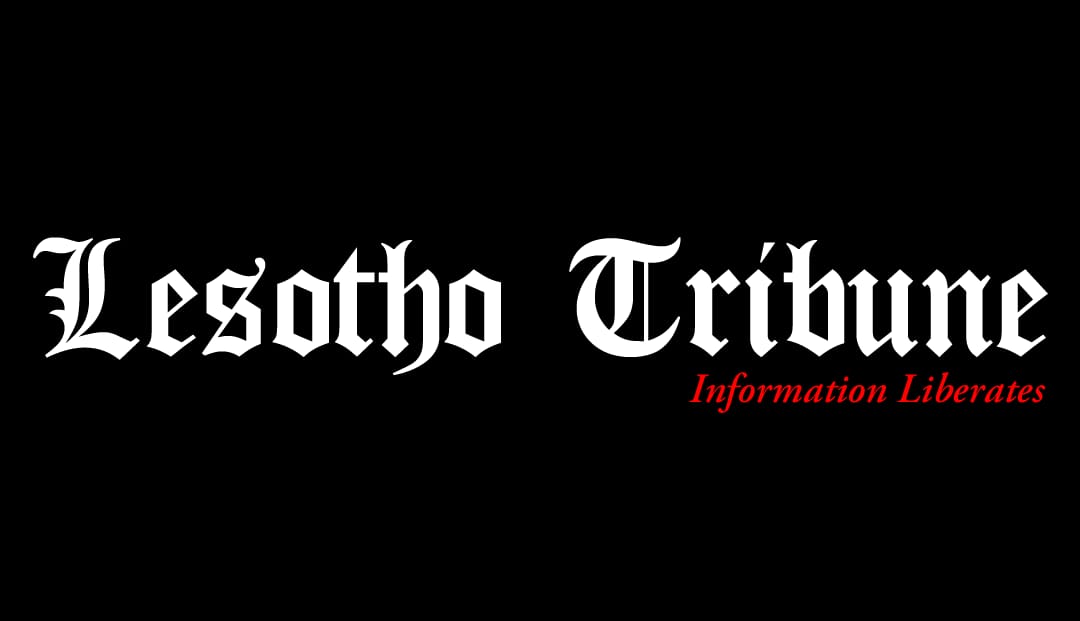In the hearing organised by Lesotho’s Public Accounts Committee (PAC) into the relationship between Mergence Lesotho and the Public Officers Defined Contribution Pension Fund (PODCPF) on Weds 04 September 2024, the PAC seems to be missing critical elements, focusing on the end rather than addressing the root of the issue. This misguided approach was evident during the 04 September 2024 inquiry, where the PAC zeroed in on Mergence’s claim that the PODCPF had changed its discretionary mandate without following due process.
However, the real issue extends far beyond this procedural matter. It begins with the very inception of the contract and, more importantly, the questionable appointment of Mergence as an asset manager by Cadiant Partners—a process riddled with conflicts of interest that the PAC has yet to properly investigate.
Conflict of Interest: A Ticking Time Bomb Ignored
At the heart of the matter is the involvement of Semoli Mokhanoi, a key figure who played dual roles as both a shareholder of Cadiant Partners and a player within Mergence Lesotho. This dual involvement positioned Mokhanoi as both a “referee” and a “player” in this scenario, a clear conflict of interest that violates basic corporate governance principles. When Cadiant Partners appointed Mergence as an asset manager for PODCPF, they essentially handed the keys to someone with vested interests in both sides.
According to the Investment Management Agreement between Mergence and PODCPF, the agreement explicitly highlights the need for the Investment Manager to avoid and mitigate conflicts of interest. However, how could this be done when the very foundation of the appointment process was corrupt? The contract stipulates that the Investment Manager is to disclose any conflict of interest at the earliest reasonable opportunity, but when the entire selection of Mergence was mired in conflicted interests, this clause becomes futile.
Corrupt Appointments: The Beginning of the End
PAC’s inquiry should not have started with Mergence’s management of PODCPF’s portfolio but rather with the origin of Mergence’s appointment. This appointment is steeped in cronyism. According to previous reports, Mr. Mokhanoi’s role in appointing Mergence was anything but transparent. The selection process for an asset manager should have been open, competitive, and free from bias to ensure that the pensioners’ funds are managed by the best available entity. Instead, Mokhanoi, via Cadiant, appointed his own firm—Mergence—a blatant example of self-dealing.
Adding to this troubling narrative is Monaheng Mahlatsi, a trustee of PODCPF, who has openly admitted to having a relationship with Mokhanoi. This admission further deepens suspicions of corrupt practices surrounding the selection of Mergence. This trustee, who was responsible for safeguarding the interests of the fund, seems to have had personal connections with the very person who stood to benefit from the appointment, reinforcing the fact that this was not a fair or objective process.
PAC Must Focus on the Inception of the Contract
The PAC’s current approach, which centers on the recent discretionary mandate changes, is akin to treating the symptoms of a disease without addressing its cause. By doing so, they risk losing sight of the larger, more pressing issue: the corrupt and conflicted appointment of Mergence. The committee should refocus its efforts on examining the entire appointment process, starting with the role of Cadiant Partners and Mokhanoi in manipulating the asset management tender process.
The Investment Management Agreement also provides further insight into how poorly structured this entire arrangement was. For instance, clause 4.2.6 grants Mergence full power and discretion to conclude and negotiate all legal agreements on behalf of the PODCPF, further enhancing their authority and control. This raises significant governance concerns—who was watching the watcher? This is where the PAC should focus its inquiry.
The committee needs to ask the following:
- How was Mergence selected as the asset manager? Was there a competitive process, or was the appointment influenced by personal relationships and insider connections?
- What role did Cadiant Partners and Semoli Mokhanoi play in the selection process? Were they allowed to influence the process to their benefit?
- Were the trustees of PODCPF, like Monaheng Mahlatsi, fully transparent about their relationships with Mokhanoi? Was this relationship disclosed to the full board and to the pensioners whose money was at stake?
- Did the Central Bank of Lesotho properly oversee this process, considering the applicable laws governing such agreements?
Good Corporate Governance: Where It All Went Wrong
The principles of good corporate governance demand accountability, transparency, and ethical management of public resources. In this case, every piece of evidence points to a breakdown in corporate governance at multiple levels—from the trustees to the asset managers. The very purpose of corporate governance is to prevent exactly what seems to have occurred here: the capture of public funds by conflicted individuals who manipulate processes for personal gain.
It is also worth noting that the contract between Mergence and PODCPF directly mentions the importance of avoiding conflicts of interest, as well as a clause that emphasizes acting in the best interest of the client. Yet, how can Mergence—or any party involved—claim to have been working in the pension fund’s best interests when the entire structure of their appointment was compromised?
What PAC Must Do Moving Forward
To truly get to the bottom of this issue, the PAC must not limit itself to recent developments or technical adjustments to the mandate. Instead, it needs to look back to when this web of conflicts and relationships first took root. The appointment of Mergence was not a case of a well-qualified firm being selected through fair competition; it was the product of a corrupt system that allowed an insider—Mokhanoi—to appoint his own company, thereby gaining control over the pension funds of public officers.
The PAC’s inquiry should be restructured to:
- Investigate the appointment process: Was Mergence appointed through a transparent, competitive process, or was it handpicked by Cadiant and Mokhanoi?
- Examine the trustees’ involvement: Were trustees like Mahlatsi acting in the best interests of the pensioners, or were they compromised by personal relationships?
- Review the role of the Central Bank of Lesotho: As the regulator, did the Central Bank properly supervise and vet this appointment?
Conclusion
The Public Accounts Committee has a responsibility to ensure that public funds are managed in a transparent and accountable manner. However, by focusing on recent procedural changes, the committee risks overlooking the far more serious issue of a corrupt and conflicted appointment process that dates back to the selection of Mergence as an asset manager. To truly serve the public interest, the PAC must redirect its focus to the origin of this deal and hold those responsible accountable for violating the principles of good corporate governance.





